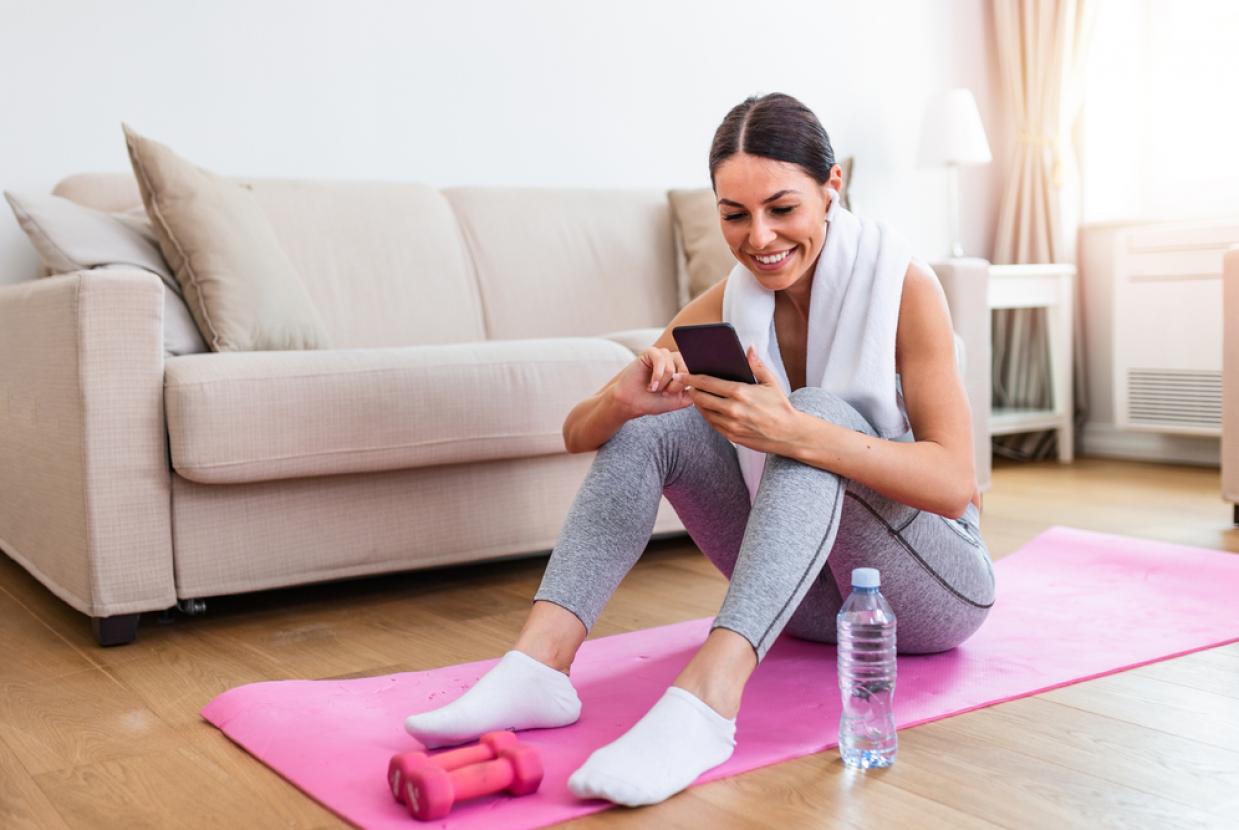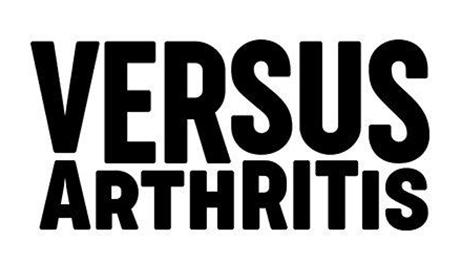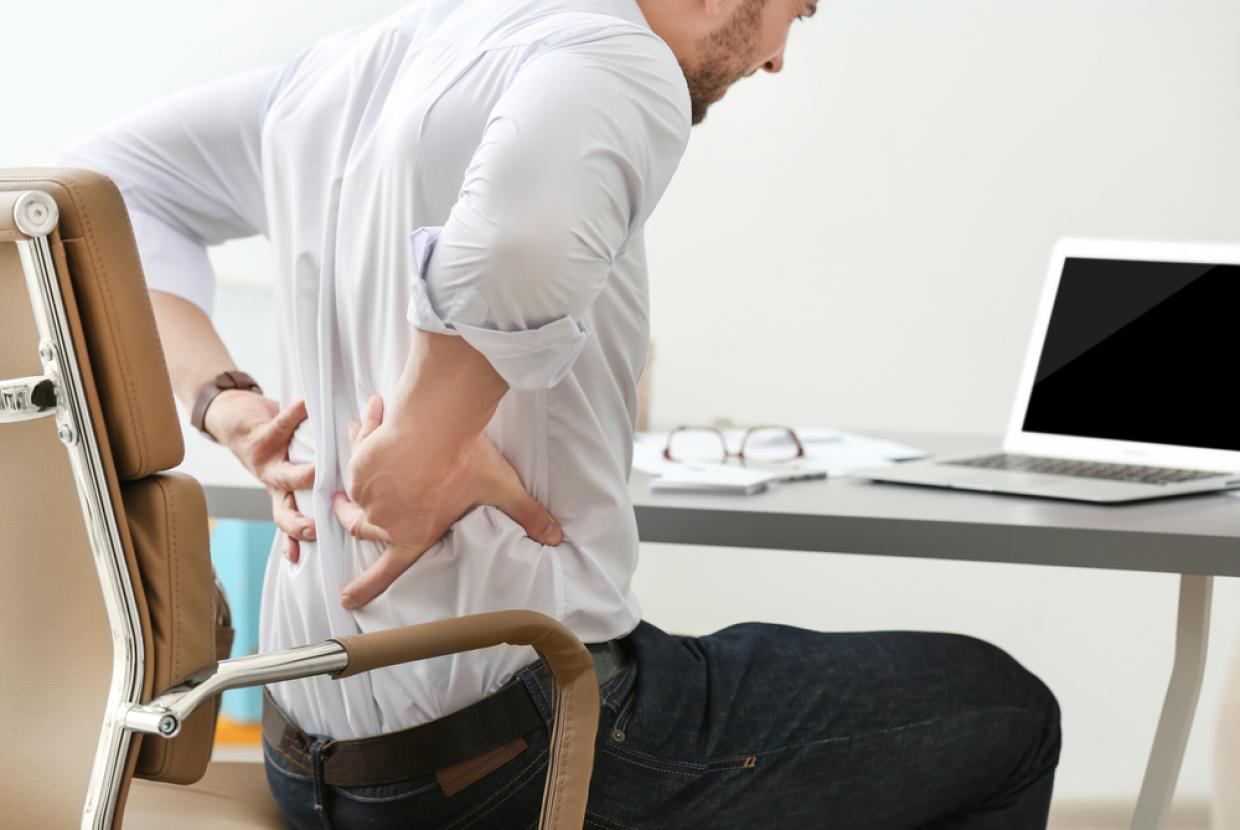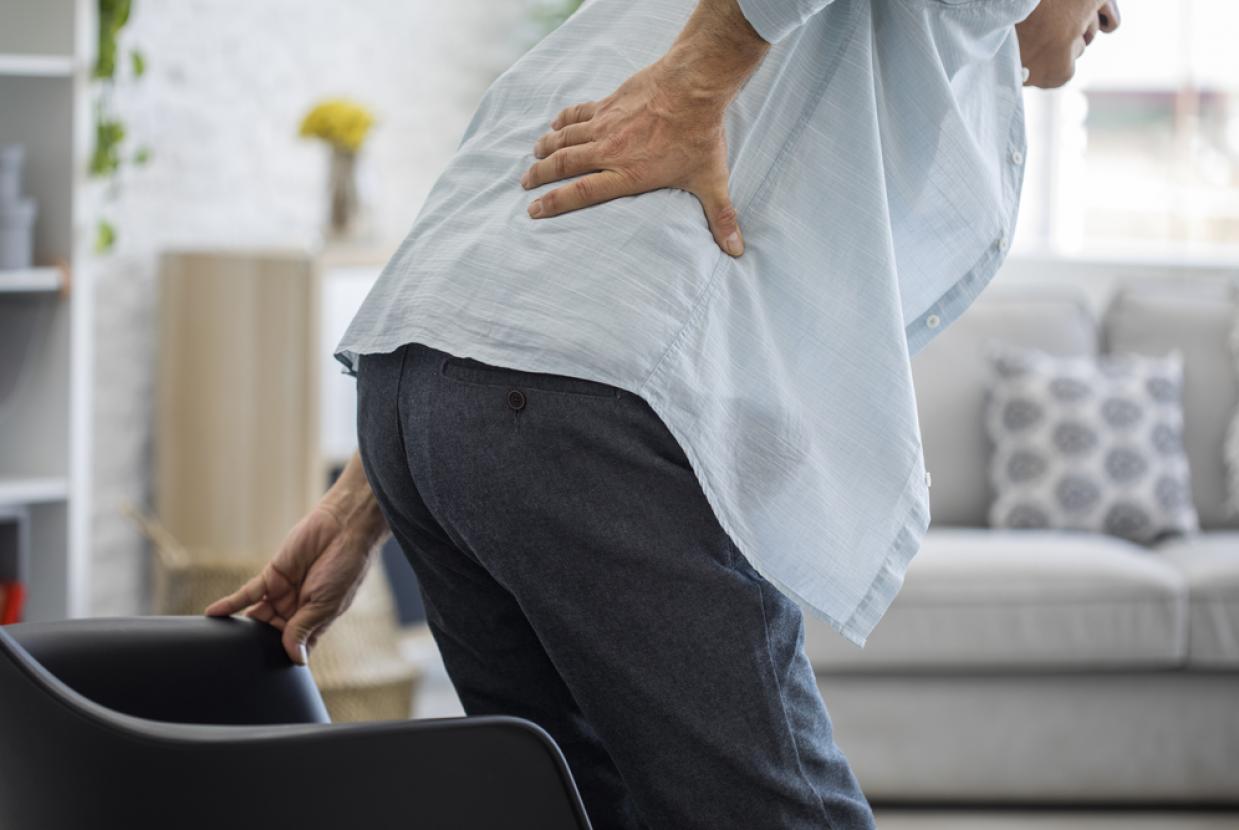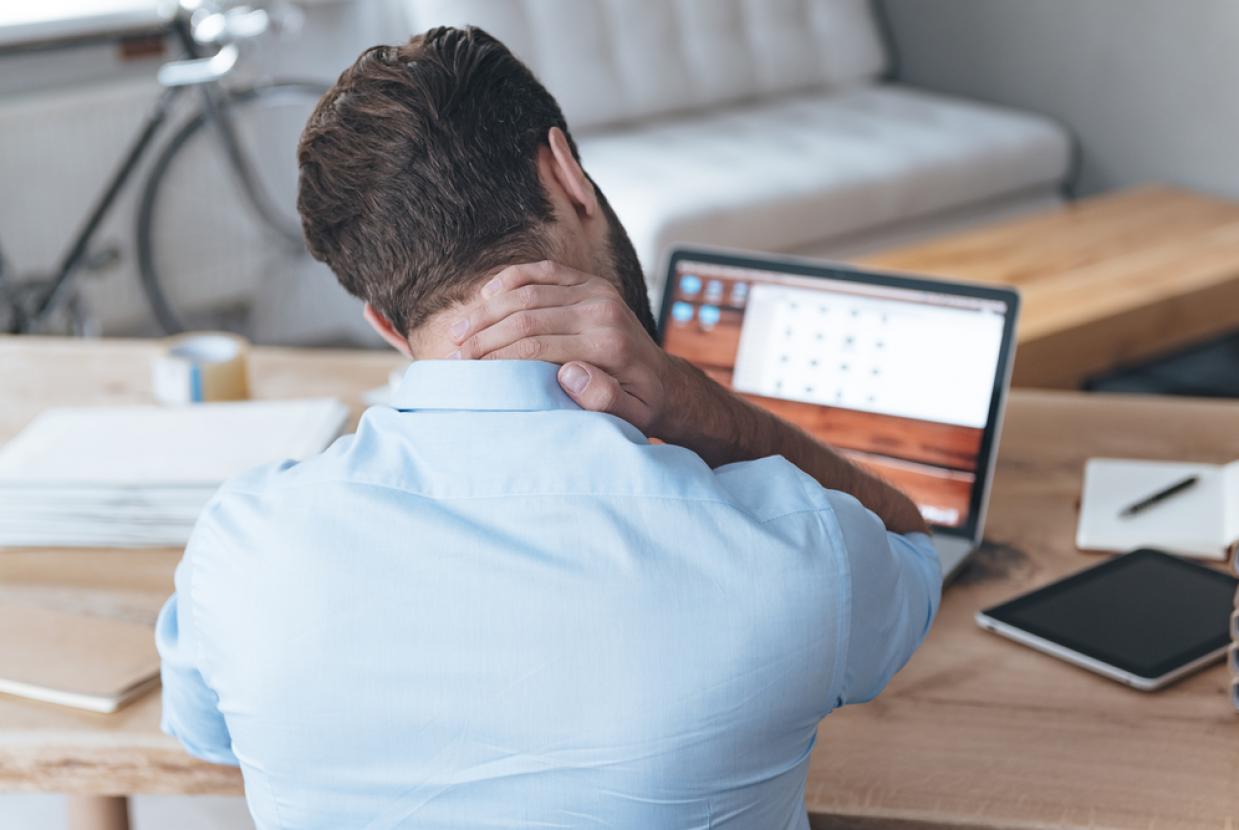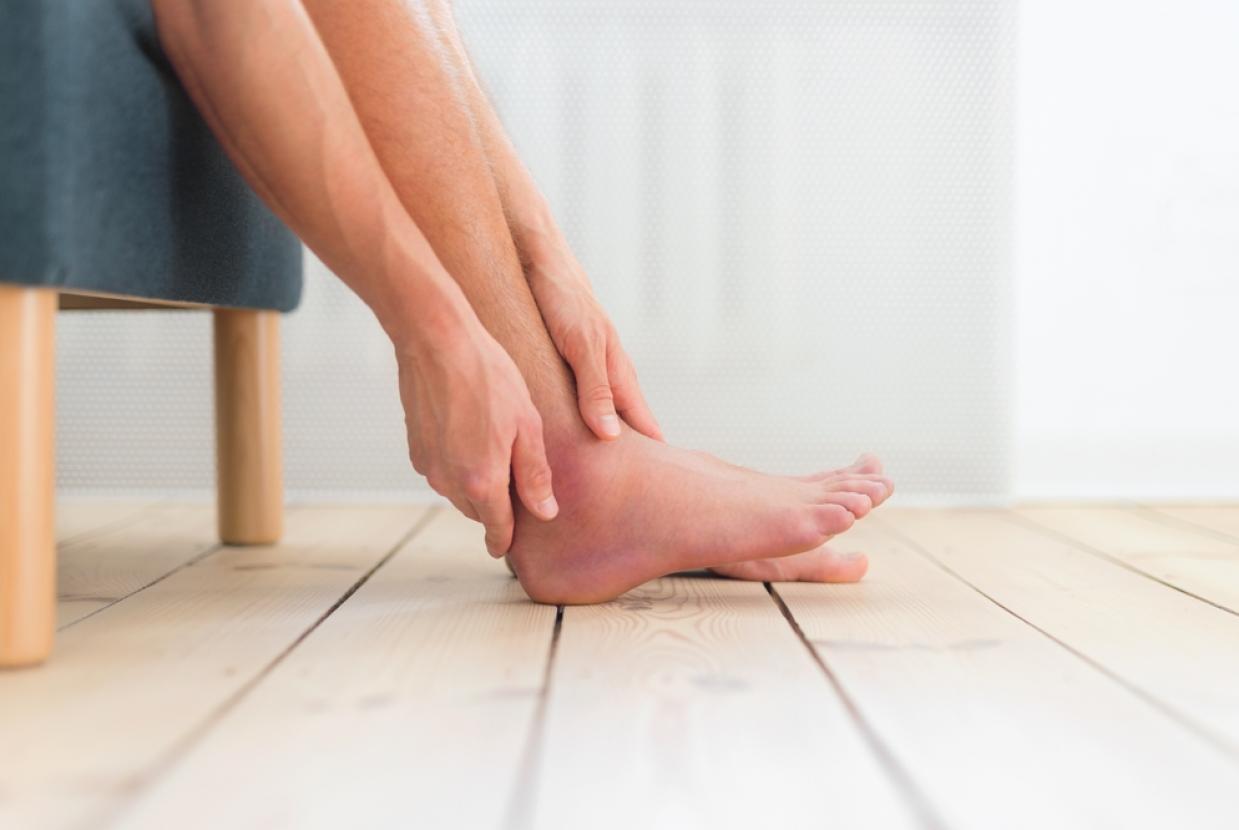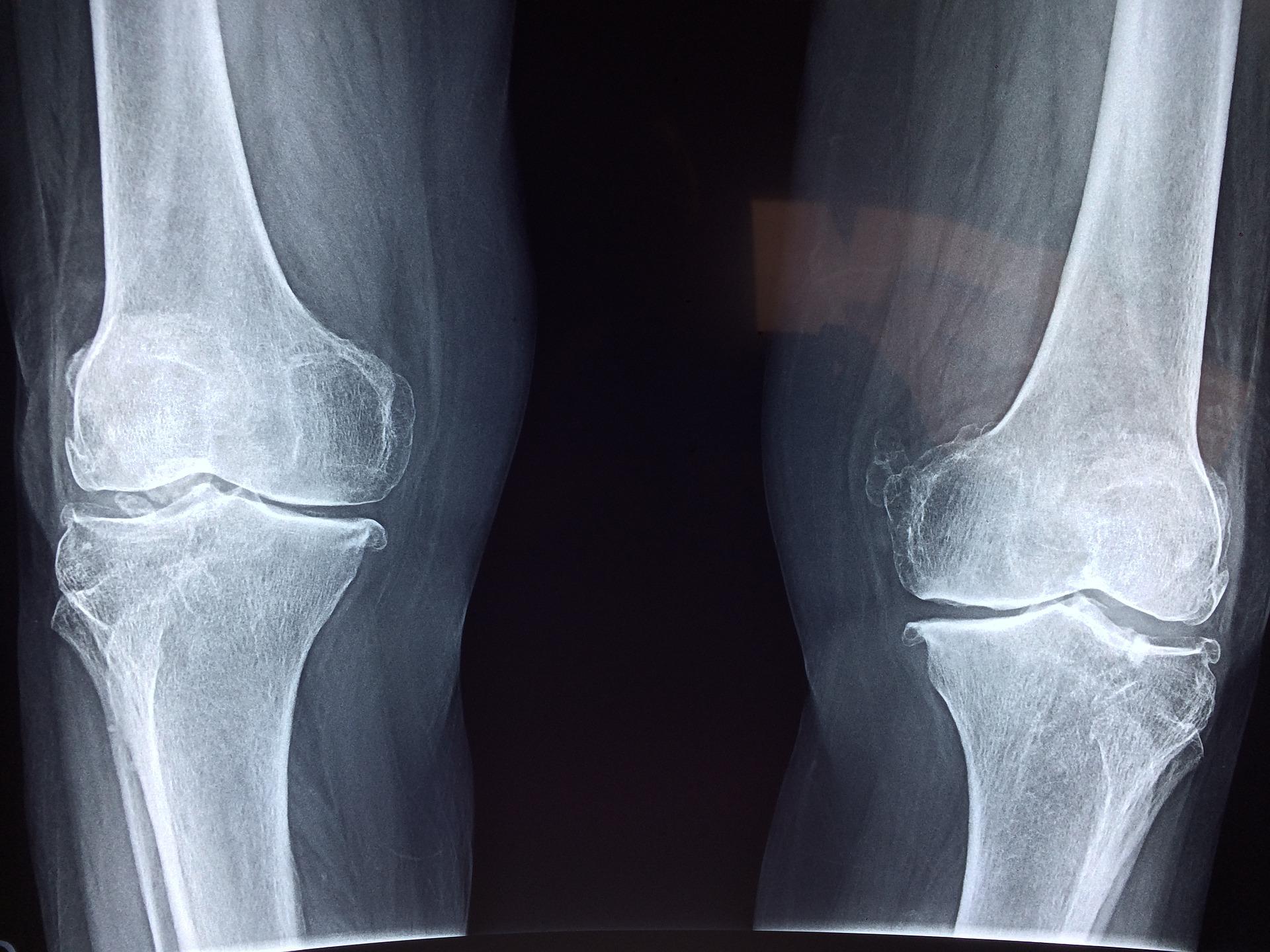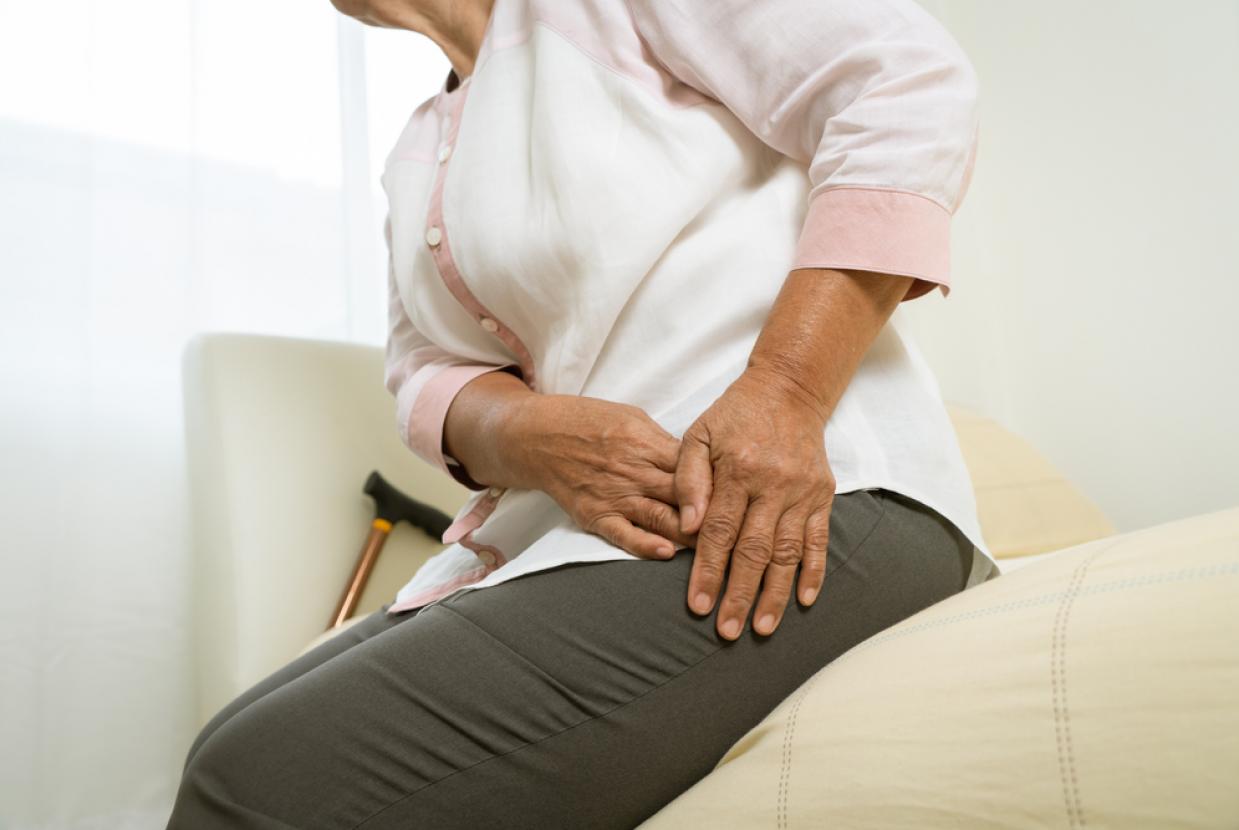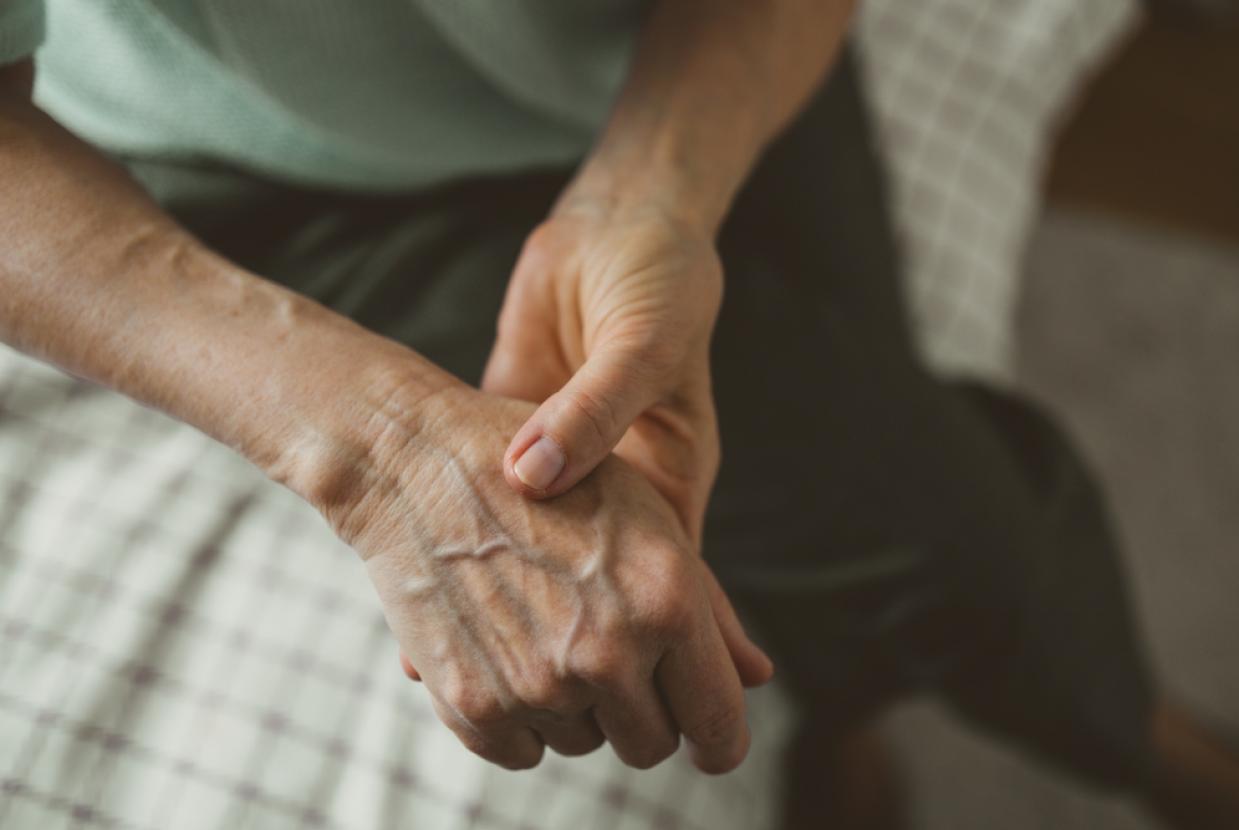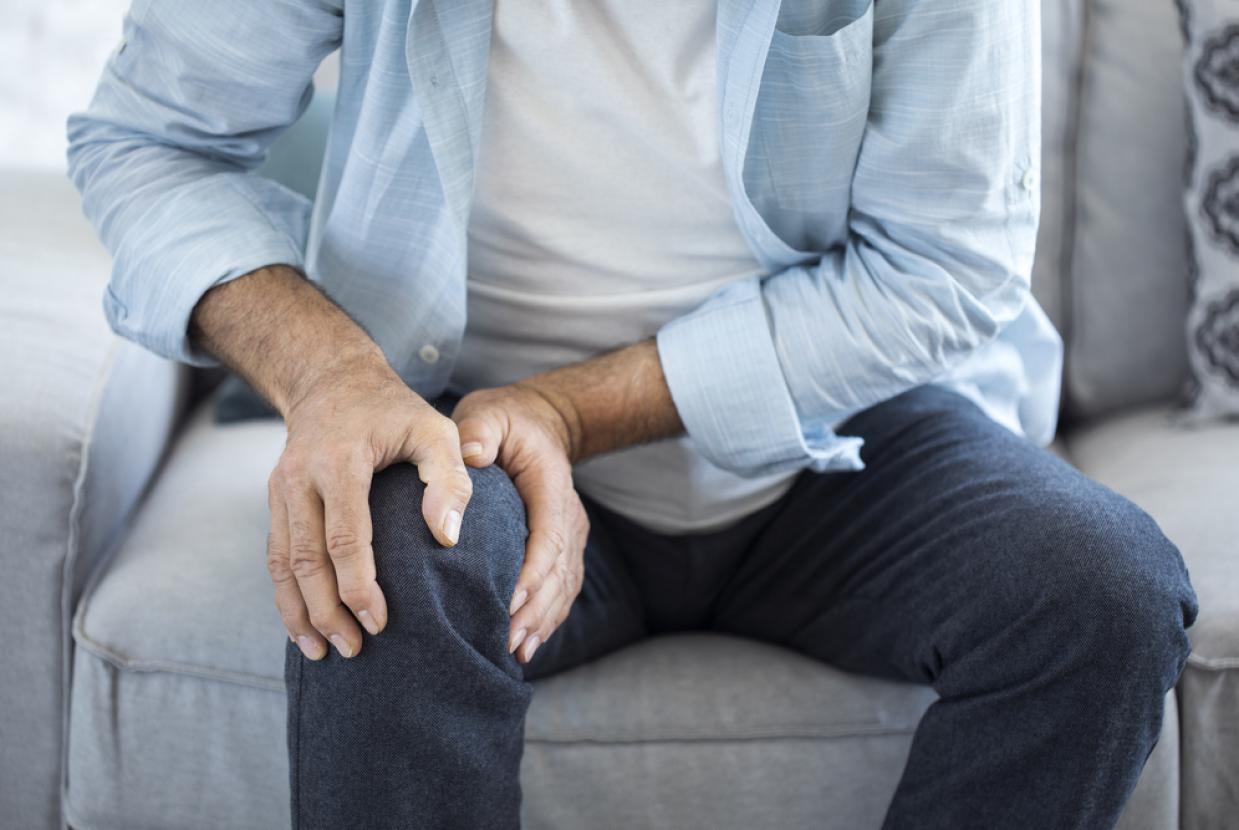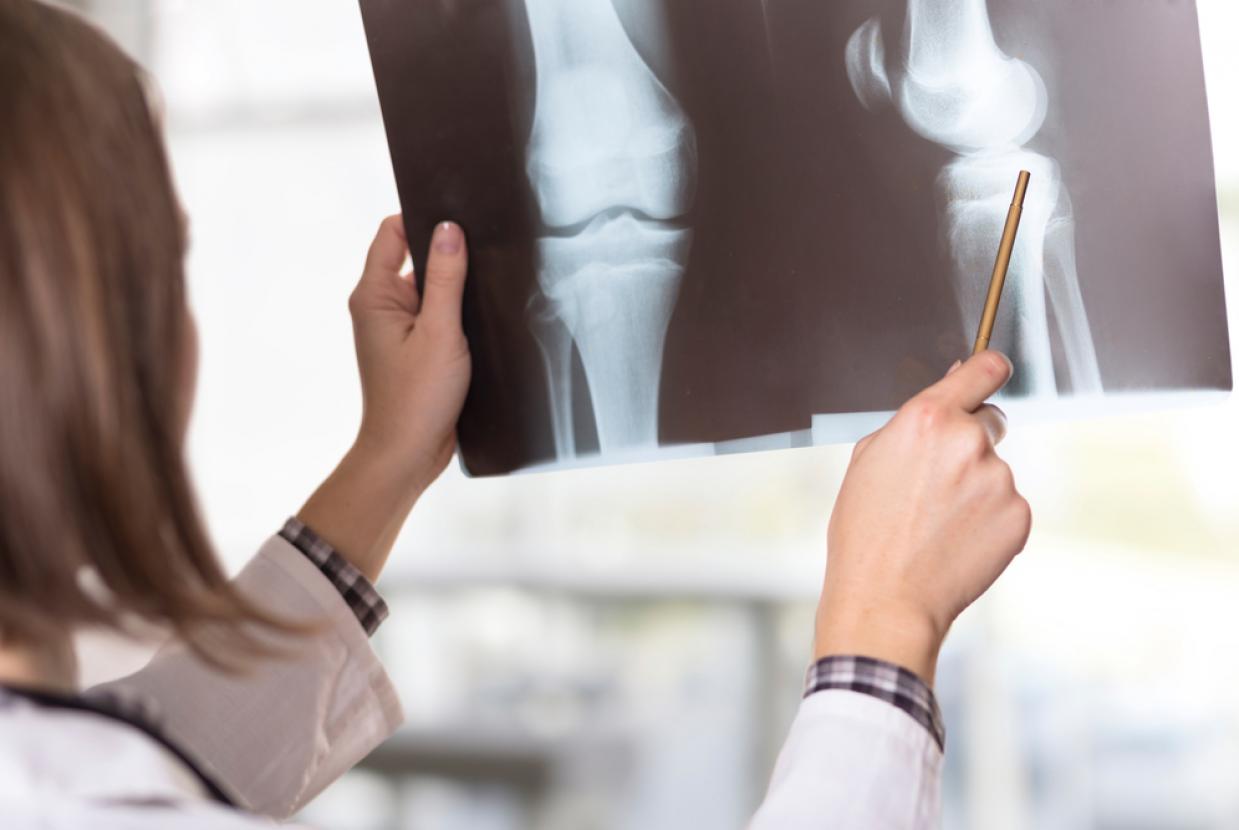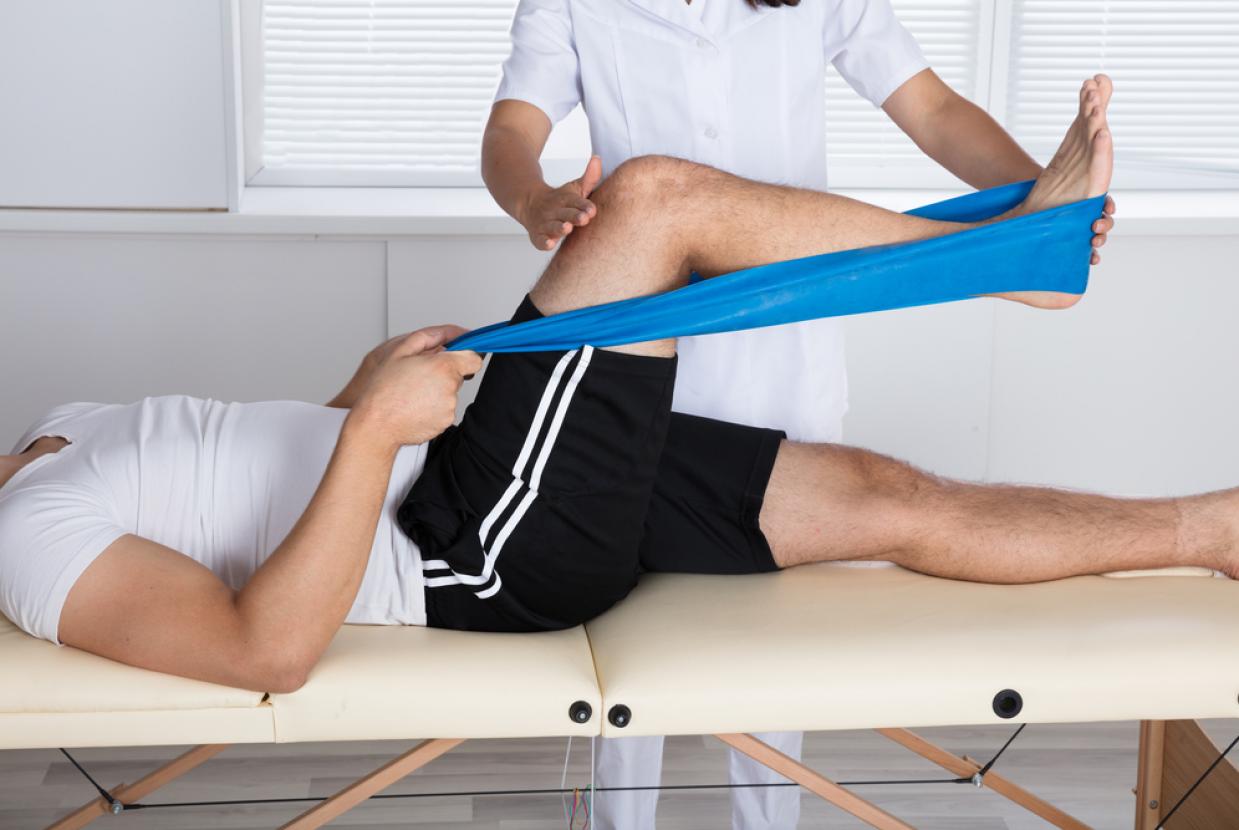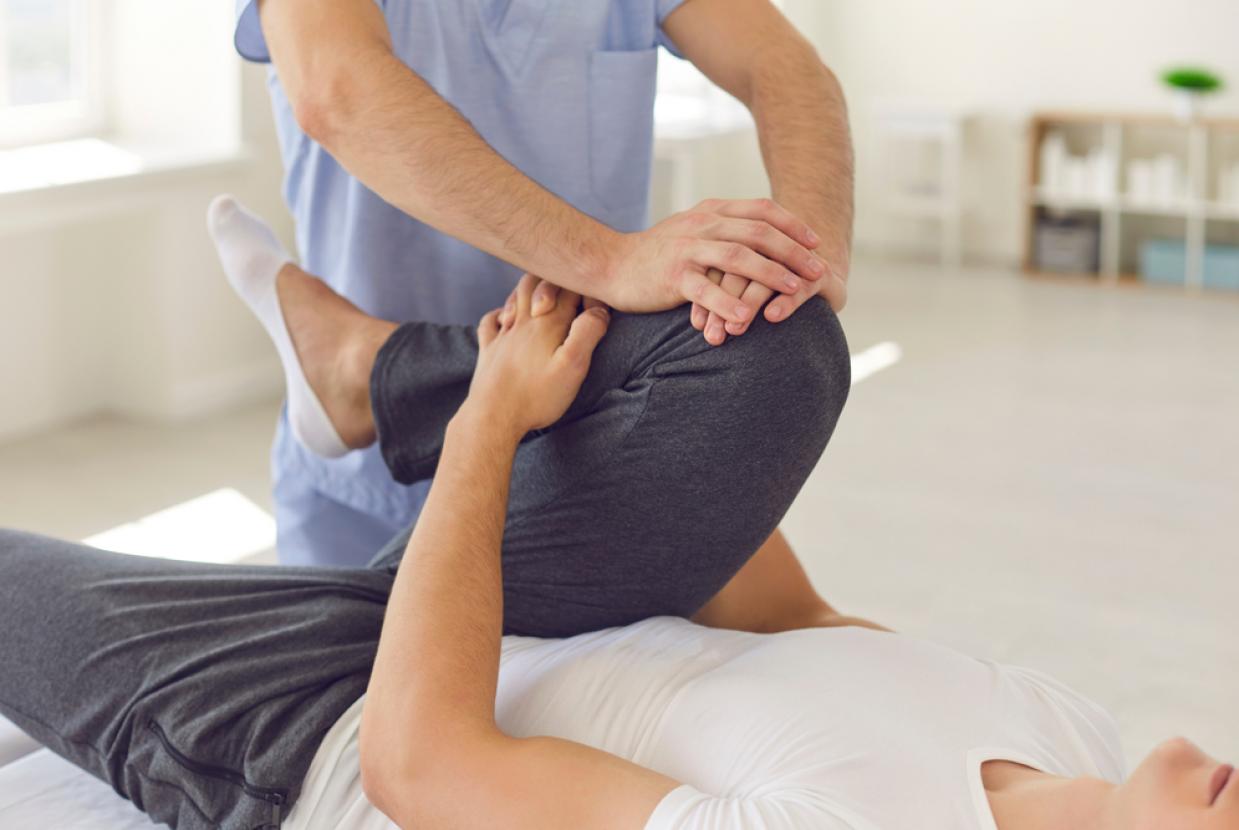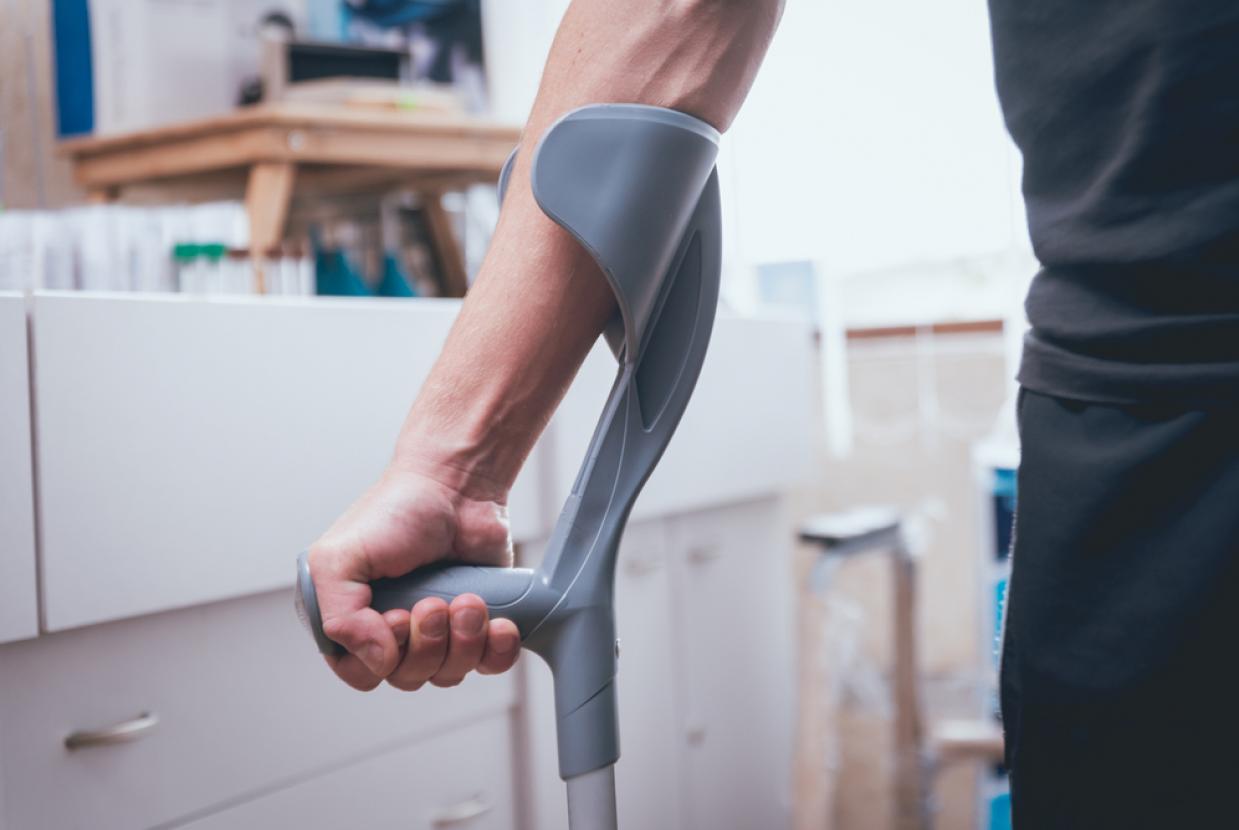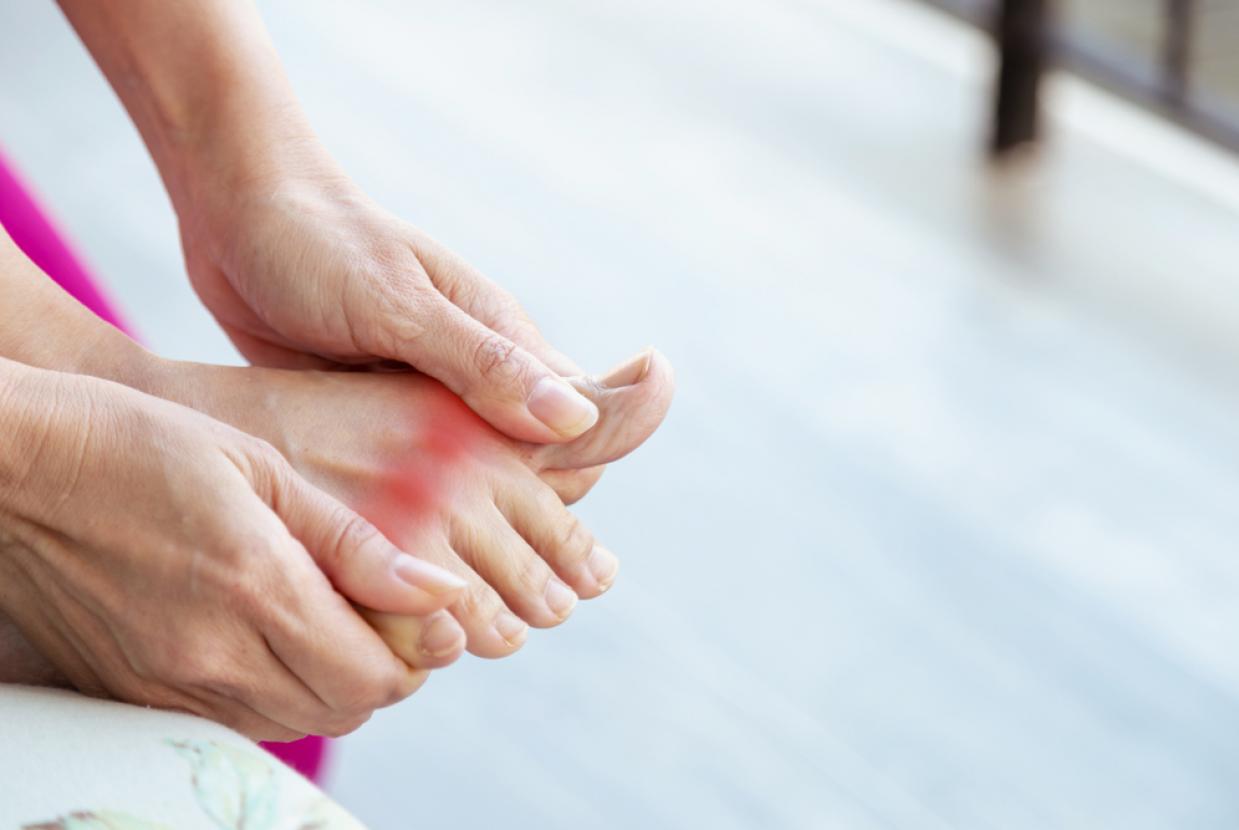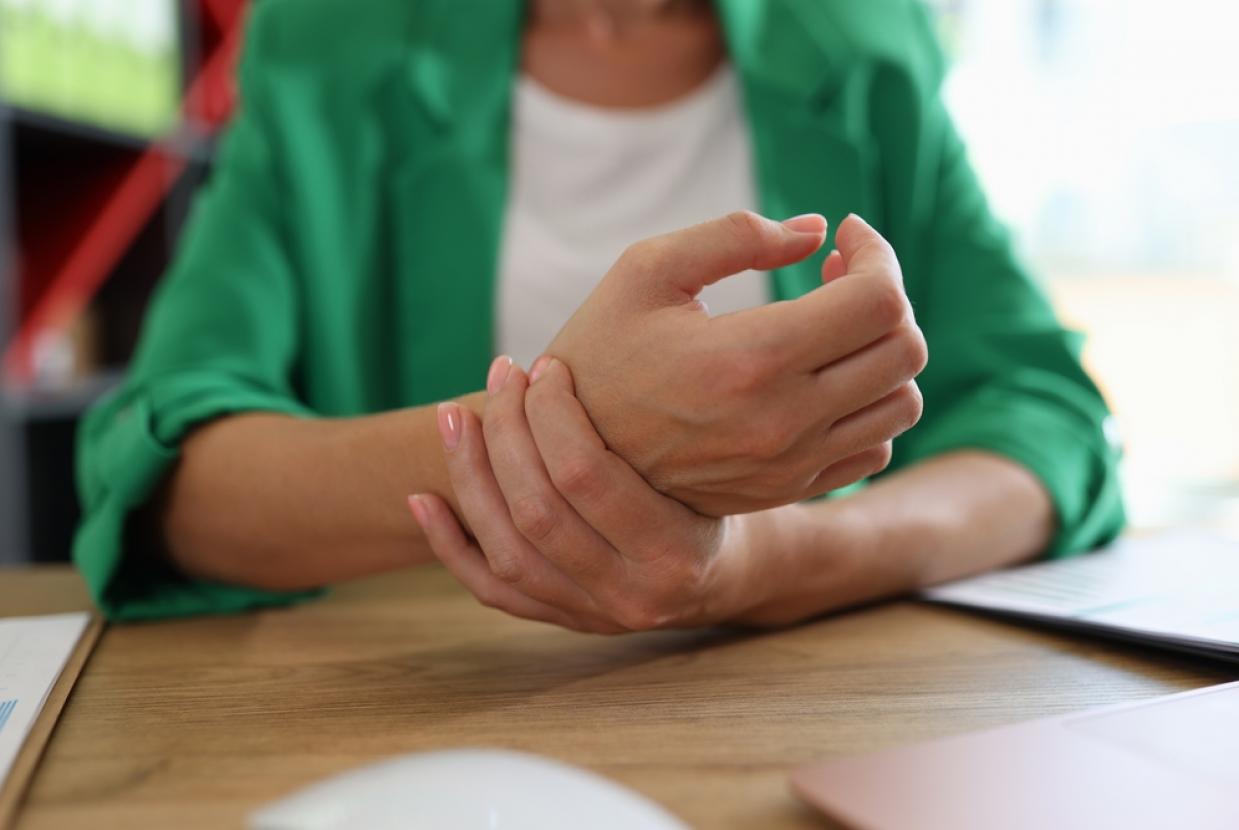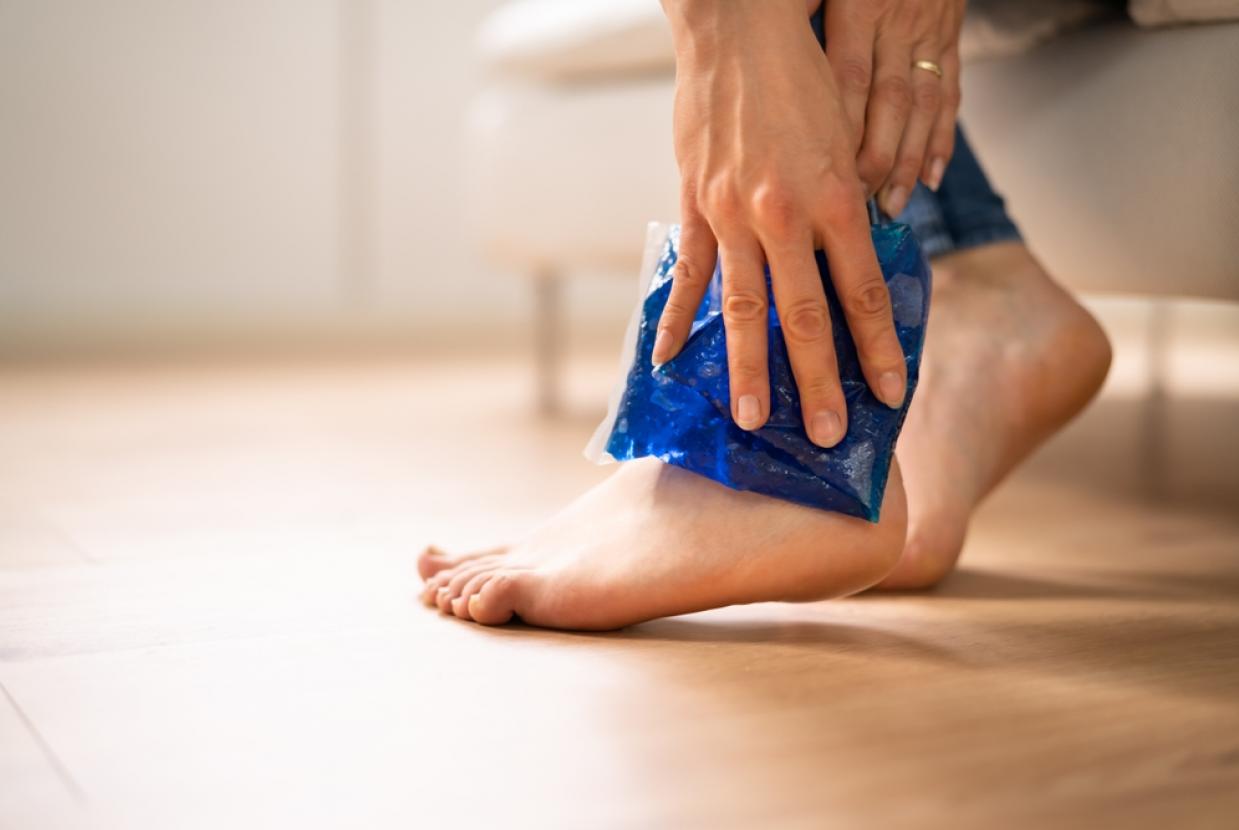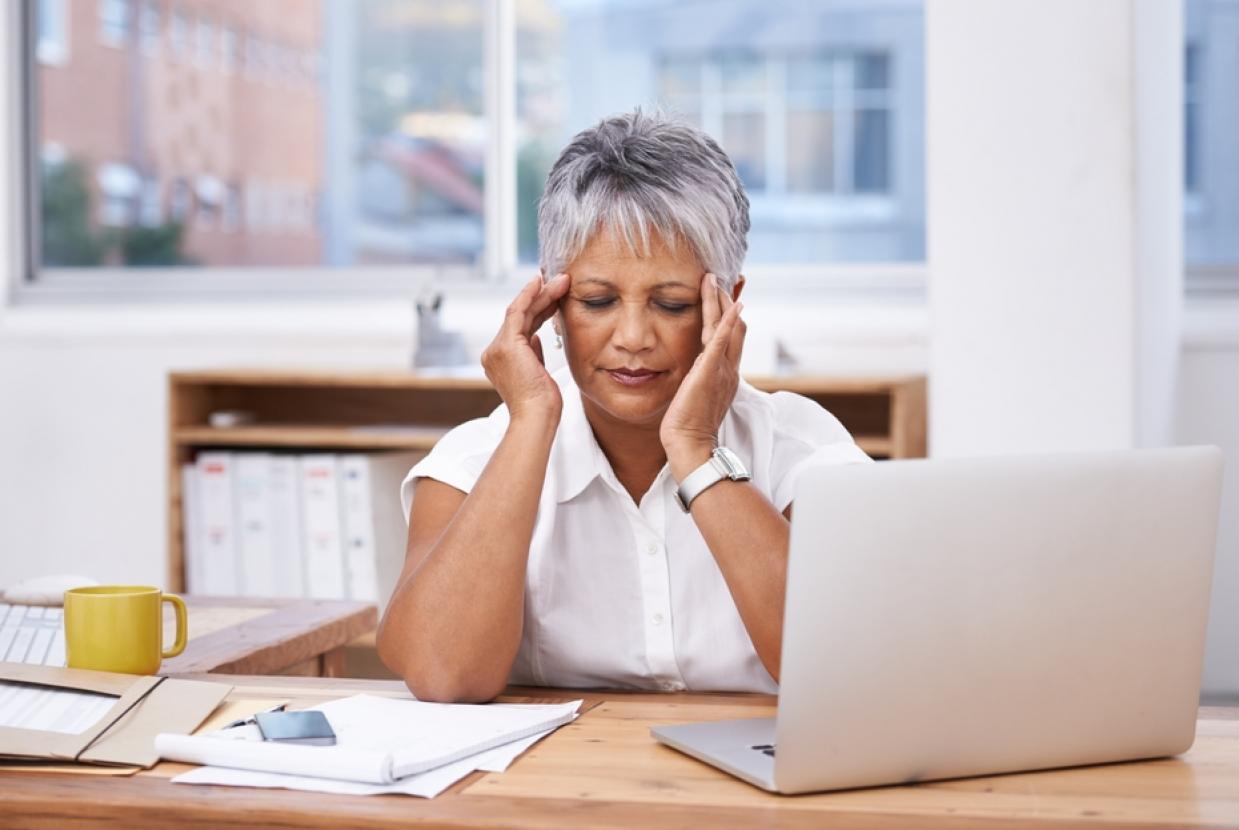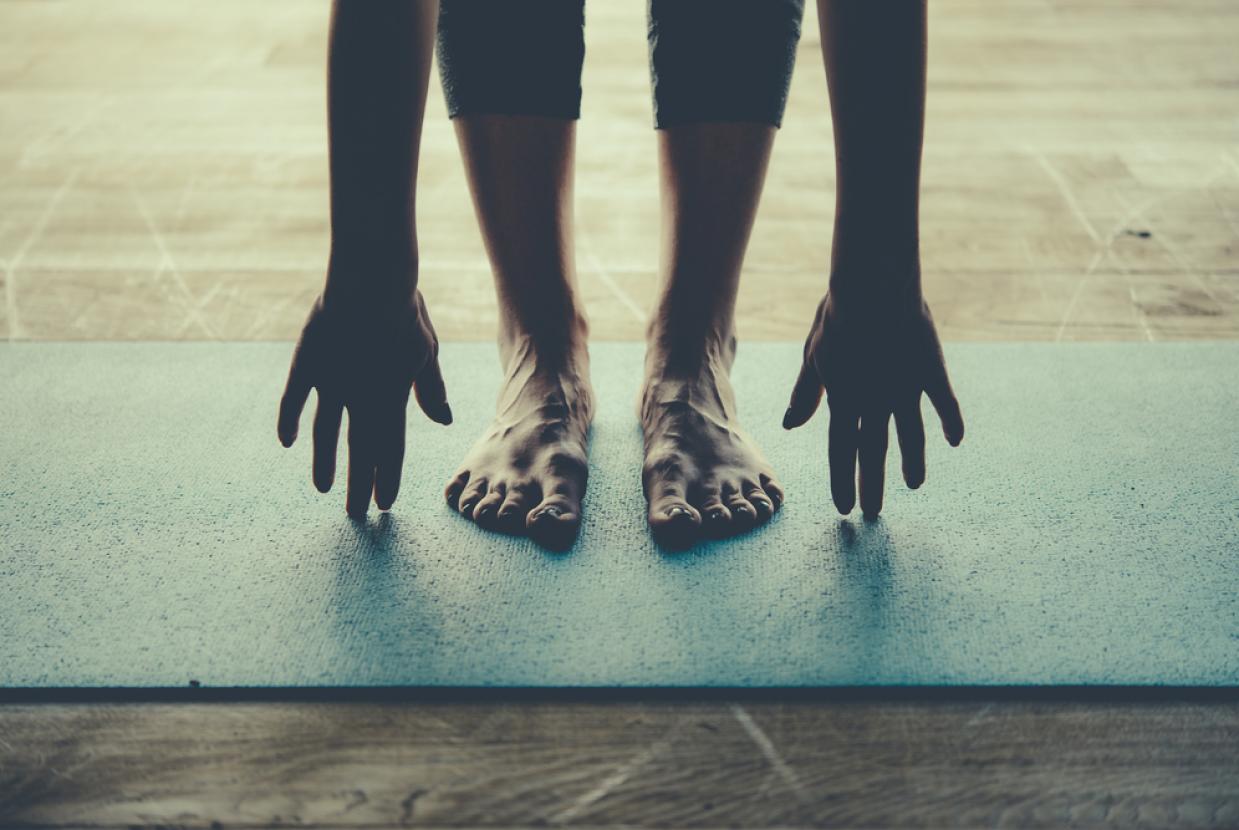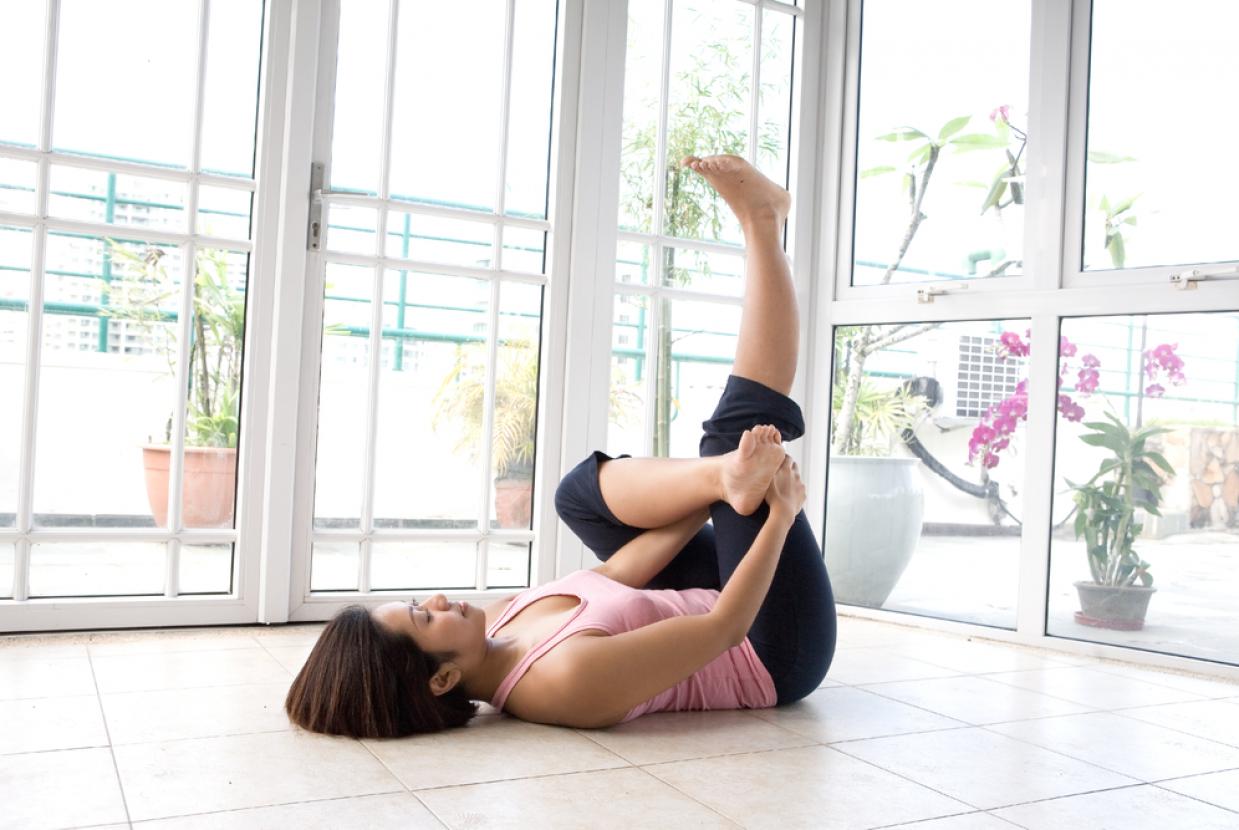How Can I Help Myself?
If you’re in pain, your instinct may be to avoid exercise or moving around too much. But keeping active is a really important part of the treatment for fibromyalgia and can prevent other health problems. Your symptoms and general health can be improved by a combination of aerobic exercise and movements that improve your flexibility and strength.
Exercise has been proven to improve fatigue and our ability to control pain. At first, you may find that your pain and tiredness become worse, particularly if you’re starting to exercise muscles that haven’t been used for a while. Try to do the same amount of exercise each day, so you build up your muscle strength and your stamina.
Then, after doing your routine of exercises for a couple of weeks, slowly increase the amount you do, and this will improve your fitness, stamina and flexibility.
Aerobic exercises
Aerobic exercise is anything that makes you a little out of breath and your heart beat faster. Swimming is recommended for people with fibromyalgia. Taking a brisk walk and cycling can also help. At home, you could step up and down your bottom step several times, or march on the spot to get your heart beating faster.
Strengthening exercises
Strengthening exercises help develop and build the muscles that move and protect your joints. They may be difficult at first but should become easier with practice.
Aim to do at least one session a day, either at home or in a gym. Ask a GP or physiotherapist for examples of strengthening exercises you could do at home. You can also buy specially designed equipment, such as ankle weights. Begin with lighter weights, then move on to heavier ones, if you feel able to.
Strengthening equipment in a gym allows you to work your muscles by pushing or pulling against a resistance, such as weights or elastic ropes. You can ask an instructor for advice about using the equipment, if you’re not sure.
Stretching exercises
Stretching, or range of movement, exercises can increase your flexibility. You can do these anywhere. There are plenty of examples of exercises online, or you could ask a physiotherapist. Some people with fibromyalgia have found Tai chi and yoga help.
Diet and nutrition
There’s no particular diet that’s been proven to help fibromyalgia. However, it’s recommended that you keep to a healthy weight by eating a balanced diet that is low in saturated fats, sugar and salt, and has plenty of fruit and vegetables. It’s also good to drink six to eight glasses of water every day.
Complementary treatments
Some people with fibromyalgia find that complementary treatments help their symptoms. Massage can also be helpful for some people with fibromyalgia. However, the effects don’t often last that long.
If you want to try a complementary treatment, speak to your doctor first, in case it affects any other treatment you’re on. It’s important to go to a legally registered therapist, or one who has a set ethical code and is fully insured.
If you decide to try therapies or supplements, you should be critical of what they’re doing for you and only continue if they’re helping.
Sleep
Poor sleep appears to be a significant cause of fibromyalgia, so getting enough good-quality sleep is an important part of your treatment. Not only will it help with tiredness and fatigue, it may also improve your pain.
Sleeping tablets are not normally recommended, as the body can become tolerant to them, which can lead to the effects wearing off and even addiction. But regular activity, particularly aerobic exercise, and cognitive behavioural therapy (CBT) have proven effective for people with disrupted sleep patterns.
It can also help to change your habits around bedtime. To help you get a better night’s sleep:
- Make sure your bedroom is dark, quiet and a comfortable temperature.
- Try a warm bath before bedtime to help ease pain and stiffness.
- Develop a regular routine, where you go to bed and get up at a similar time each day.
- You may like to try listening to some soothing music before going to bed.
- Some gentle exercises may help reduce muscle tension, but it’s probably best to avoid energetic exercise too close to bedtime.
- Keep a notepad by your bed – if you think of something you need to do the next day, write it down and then put it out of your mind.
- Avoid caffeine in the eight hours before you go to bed.
- Don’t drink alcohol close to bedtime.
- Avoid eating main meals close to bedtime.
- If you smoke, try to stop smoking, or at least don’t smoke close to bedtime.
- Try not to sleep during the day.
- Avoid watching TV and using computers, tablets or smartphones in your bedroom.
- Don’t keep checking the time during the night.
What else can I do?
Because fibromyalgia varies from person to person, we suggest you try some of the following tips to find out what works for you:
- Learn about fibromyalgia – understanding your condition can help reduce your fears and anxiety. It also means you’re fully aware of treatment and self-management approaches that can help you.
- Find a support group in your area or an online forum for people with fibromyalgia. Talking about your experiences with other people who understand can help.
- Encourage your family and friends to learn more about your condition and to talk to you about it. You could show them this information. It’s especially important they understand how your pain affects you, even if you look well.
- Find ways to talk about your feelings, such as anxiety, low mood or anger. Counselling or CBT can help – your GP will be able to refer you.
- For ‘fibro fog’, some people find mental exercises like crosswords or jigsaw puzzles help. Do as much as you can to stimulate your brain.
- Pick your best time of day to do anything needing concentration. Explain to others if fibromyalgia affects your memory.
- Learn to pace yourself by breaking tasks into smaller chunks, giving yourself time to rest in between.
- Stress and unhappiness can make fibromyalgia pain feel worse – addressing what’s making you feel that way could help.
- Ask for help from people at your workplace, such as a friend, colleague or manager.
- Working shorter hours, as well as adapting your desk, chair, computer and other working areas for comfort, can all help.
- Ask an occupational therapist, your local Jobcentre Plus office or Citizens Advice service for advice. They can work with both you and your employer.
- Applying heat with a hot water bottle, or having a hot bath or shower, can help pain and improve morning stiffness.
- If you have a dry mouth, try a toothpaste containing sodium bicarbonate.
- Some people have found meditation helps improve their pain.
- Try the treatments your doctor offers and discuss which ones are helpful.


